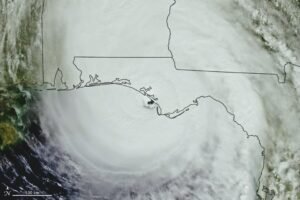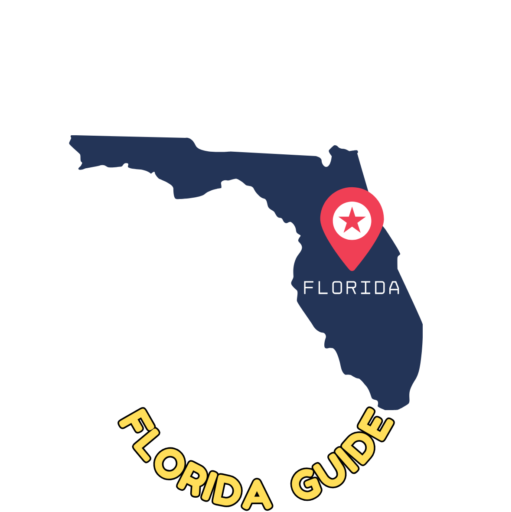A Devastating Force of Nature
Hurricane Michael 2018:
In the annals of meteorological history, there are moments when nature unleashes its raw power, leaving a trail of destruction in its wake.
One such moment occurred in 2018 when Hurricane Michael roared ashore, leaving a lasting impact on the Gulf Coast of the United States.
In this article, we’ll delve into the unique aspects of Hurricane Michael, its devastating effects, and the communities’ resilience.
The Birth of a Monster
Hurricane Michael originated as a tropical depression in the Caribbean Sea in early October 2018.
With warm waters fueling its growth and a lack of wind shear to disrupt its formation, it quickly intensified into a formidable hurricane.
Michael underwent rapid intensification, a meteorological term describing its sudden surge in strength.
The Devastation Unleashed
On October 10 2018, Hurricane Michael hit the Florida Panhandle close to Mexico Beach, with maximum winds reaching 160 miles per hour (257 kilometres per hour) and classified as a Category 5 hurricane.
The impact was catastrophic, as entire communities were levelled, and the landscape was altered forever. The storm surge inundated coastal areas, while strong winds and torrential rainfall wreaked havoc inland.
Mexico Beach, a serene coastal town, bore the brunt of Michael’s fury. Images of houses reduced to rubble and streets submerged in water filled our screens, a stark reminder of nature’s unrelenting power. Panama City, Tyndall Air Force Base, and other nearby communities also suffered extensive damage.
Resilience in the Face of Adversity
While the devastation was overwhelming, the response from local communities and government agencies was remarkable. Neighbours helped each other, strangers became friends, and first responders worked tirelessly to rescue those in need.
The rebuilding began almost immediately, with countless volunteers and organizations supporting those affected.
Lessons Learned
The impact of Hurricane Michael emphasized the significance of being prepared and having resilience when confronting natural disasters. It highlighted the need for robust infrastructure and improved building codes in vulnerable areas.
The storm also prompted discussions on climate change and its potential influence on the frequency and intensity of hurricanes.
Conclusion
The memory of Hurricane Michael will forever be etched in the collective memory of the Gulf Coast communities it affected. While the devastation was immense, the spirit of resilience and the determination to rebuild and recover was even more powerful.
The lessons learned from this natural disaster continue to shape policies, emergency preparedness, and our understanding of the forces of nature.
Hurricane Michael serves as a testament to the strength of the human spirit in the face of adversity, reminding us that even in the darkest times, hope and resilience can prevail.

